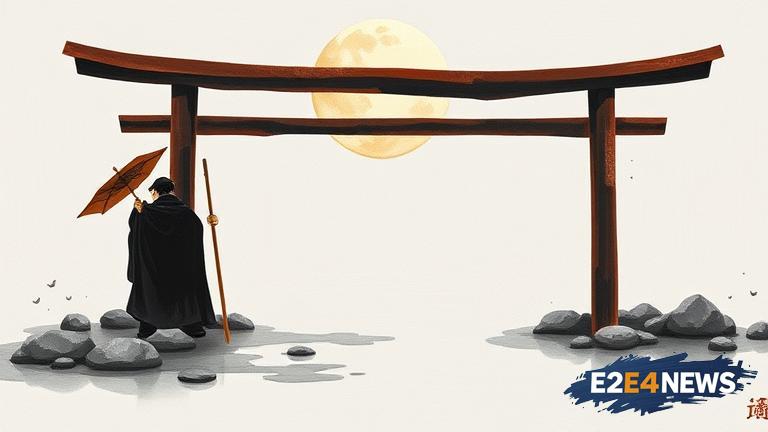Shodo, which translates to ‘the way of writing’ in Japanese, is an ancient art form that has been practiced for centuries. This traditional form of calligraphy is not only a means of communication but also a way to express one’s thoughts, emotions, and spirituality. The art of Shodo is deeply rooted in Japanese culture and is often practiced in conjunction with other traditional arts such as tea ceremonies and martial arts. The tools used in Shodo, including the brush, ink, and paper, are carefully selected to ensure the highest quality and to bring out the unique characteristics of each material. The brush, in particular, is a crucial element in Shodo, as it is used to create a wide range of lines and strokes that can convey different emotions and energies. The ink used in Shodo is typically made from soot or charcoal and is mixed with water to create a rich, vibrant color. The paper used in Shodo is often handmade and is designed to absorb the ink evenly, creating a beautiful and subtle texture. Shodo is not just about writing characters, but also about the movement and flow of the brush, the balance of the composition, and the harmony of the overall piece. The practice of Shodo requires great discipline, patience, and dedication, as it takes years to master the techniques and to develop one’s own unique style. Despite its challenges, Shodo continues to be practiced and appreciated by people all over the world, who are drawn to its beauty, simplicity, and spiritual depth. In recent years, Shodo has experienced a resurgence in popularity, with many artists and calligraphers experimenting with new techniques and materials while still respecting the traditional roots of the art form. Shodo has also been recognized as an important part of Japanese cultural heritage, with many museums and cultural institutions showcasing its history and significance. The art of Shodo has also been influenced by other cultures, including Chinese and Korean calligraphy, and has evolved over time to incorporate new styles and techniques. However, its core principles and values remain the same, emphasizing the importance of mindfulness, creativity, and self-expression. As a result, Shodo continues to be a vibrant and dynamic art form, with a rich history and a bright future. Whether practiced as a meditation, a form of self-expression, or simply as a way to connect with Japanese culture, Shodo offers a unique and rewarding experience for people of all ages and backgrounds. With its emphasis on simplicity, elegance, and spiritual depth, Shodo is an art form that continues to inspire and captivate audiences around the world.
